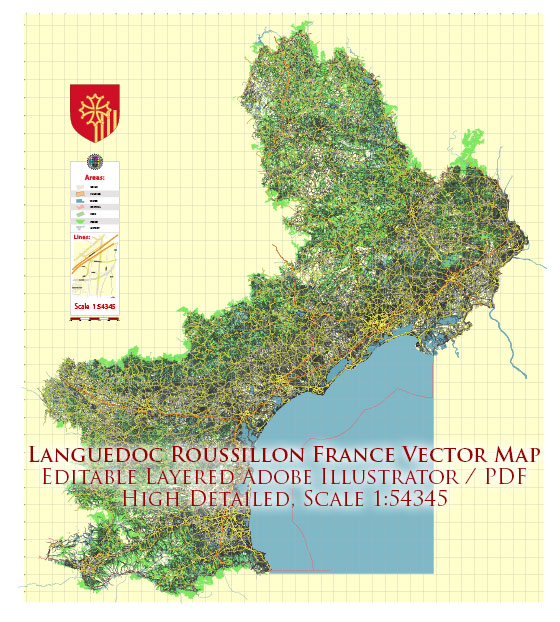The administrative region of Languedoc-Roussillon no longer officially exists in France. In 2016, it merged with the Midi-Pyrénées region to form a new administrative region called Occitanie. However, I can provide some general information about transportation in the broader area that was once known as Languedoc-Roussillon.
Air Transportation:
- Airports: The region had several airports, with the most significant being Montpellier-Méditerranée Airport and Perpignan-Rivesaltes Airport. These airports facilitated both domestic and international flights.
- Domestic Flights: Major cities within the region were connected by domestic flights, ensuring convenient travel options for residents and visitors.
- International Flights: The larger airports offered international flights to various destinations, contributing to the region’s accessibility for global travelers.
Water Transportation:
- Ports: The region has several ports along the Mediterranean coast, including the Port of Sète. These ports played a crucial role in the transportation of goods and commodities.
- Mediterranean Sea Access: The Mediterranean coastline provided opportunities for maritime activities, including shipping, fishing, and recreational boating.
- Canal du Midi: While not directly related to water transportation in the traditional sense, the Canal du Midi is a significant historical feature. It’s a UNESCO World Heritage Site and a canal that connects the Garonne River to the Étang de Thau on the Mediterranean, allowing for leisurely boat travel.
For the most current and specific information, it’s advisable to check with local authorities, transportation agencies, or recent sources.


 Author: Kirill Shrayber, Ph.D.
Author: Kirill Shrayber, Ph.D.